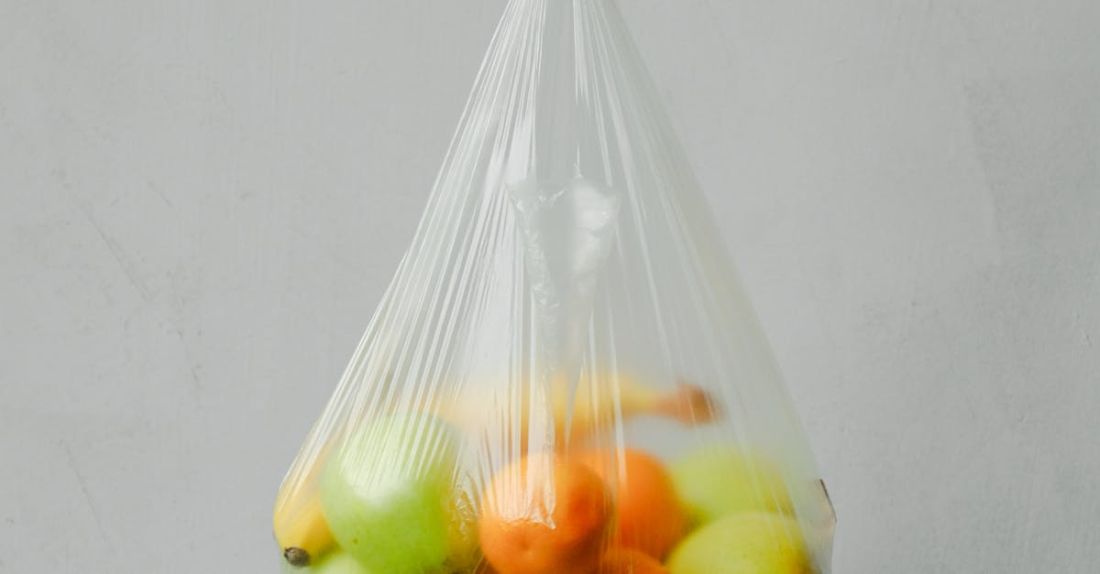
Worn-out, outgrown, or simply out of style—old clothes can easily pile up in our closets, contributing to clutter and wastage. However, rather than tossing them out with the trash, there are several creative and eco-friendly ways to recycle old clothes. By giving your old garments a new lease on life, you can reduce waste, save money, and even unleash your inner DIY enthusiast. Here are some of the best ways to recycle old clothes.
**Upcycling Into New Garments**
One of the most popular ways to recycle old clothes is through upcycling—transforming them into new garments. Get your creative juices flowing by turning a tired t-shirt into a trendy crop top, or repurposing old jeans into stylish shorts. With a bit of sewing know-how and imagination, you can breathe new life into your wardrobe without spending a dime. Upcycling not only reduces waste but also allows you to personalize your clothing to suit your unique style.
**Clothing Swaps**
Organizing a clothing swap with friends or family is a fun and sustainable way to recycle old clothes. Gather together items that no longer spark joy for you but might be just what someone else is looking for. By swapping garments, you can refresh your wardrobe without spending money or contributing to the demand for new clothing. Clothing swaps promote community bonding, reduce textile waste, and offer a guilt-free way to declutter your closet.
**Donations to Charities or Thrift Stores**
Donating your old clothes to charities or thrift stores is a straightforward way to recycle while helping those in need. Many organizations accept gently used clothing to distribute to individuals facing financial hardships. By donating your old garments, you can support a good cause, declutter your space, and ensure that your clothes are put to good use instead of ending up in a landfill. Thrift stores are also a great option for recycling old clothes, as they give others the opportunity to purchase pre-loved items at affordable prices.
**Textile Recycling Programs**
For clothes that are too worn or damaged to be donated or upcycled, textile recycling programs offer a sustainable solution. Many municipalities have textile recycling bins where you can drop off old clothes, linens, and other textiles for repurposing. These textiles are then sorted, shredded, and recycled into new products such as insulation, rags, or even new fabric. By participating in textile recycling programs, you can divert textiles from landfills and contribute to a circular economy.
**DIY Home Projects**
Old clothes can also find new life in DIY home projects. Use old t-shirts as cleaning rags, turn worn-out towels into reusable napkins, or repurpose denim into stylish throw pillow covers. By getting creative with your old clothes, you can reduce waste in your home while adding a personalized touch to your decor. DIY home projects not only save money but also allow you to express your creativity and resourcefulness.
**Conclusion: Embrace Sustainable Fashion**
In conclusion, recycling old clothes is a simple yet impactful way to reduce waste and promote sustainability in your daily life. By upcycling, participating in clothing swaps, donating to charities, utilizing textile recycling programs, and engaging in DIY home projects, you can give your old garments a new purpose and minimize their environmental impact. Embrace sustainable fashion by reimagining and repurposing your wardrobe, one piece of clothing at a time.





